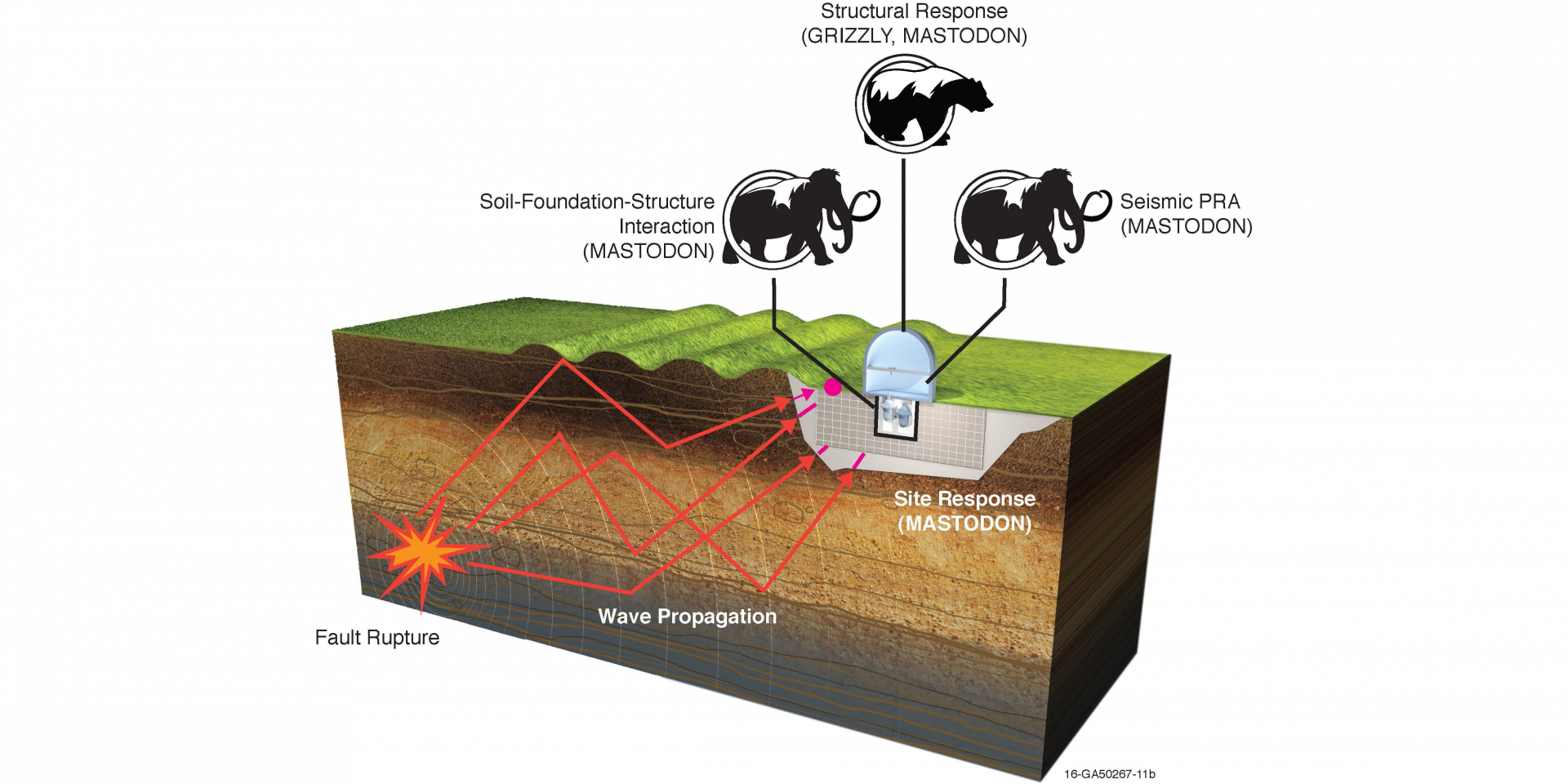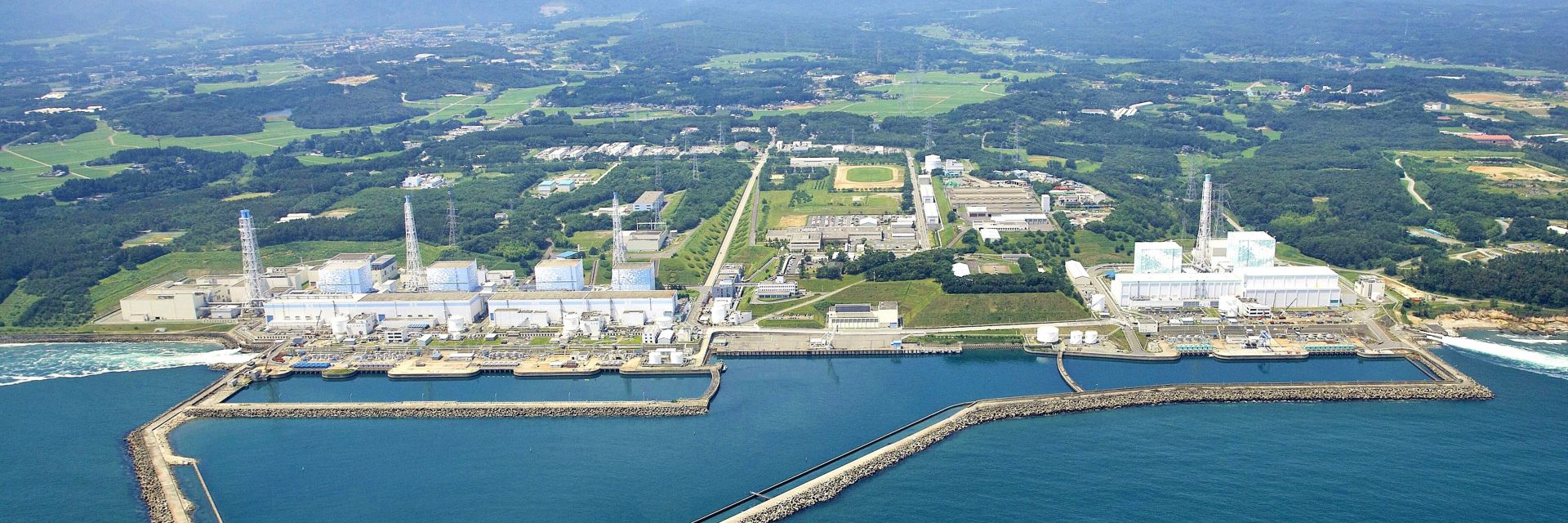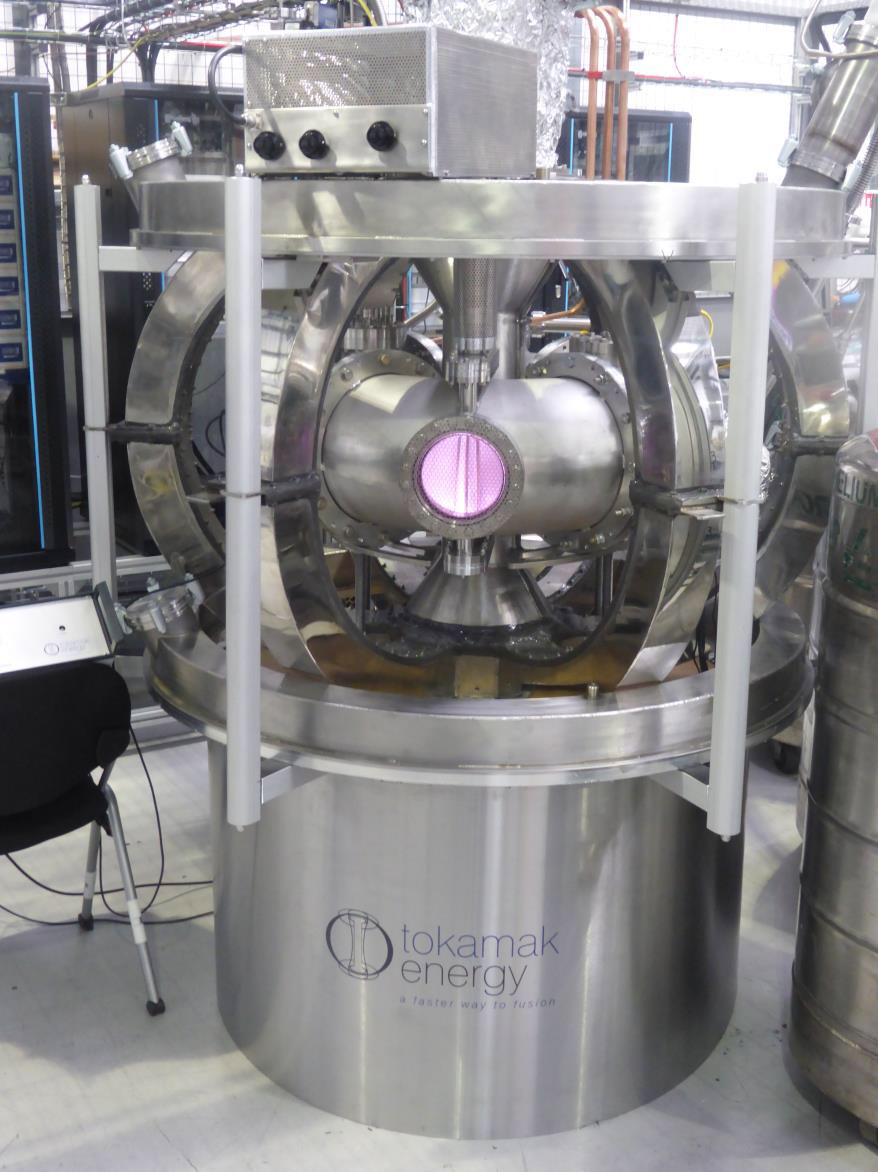Fig. 1. All reactors. The median DER net capacity factor of the 96 reactors included in this survey for the three-year period 2018–2020 is 91.33 percent. For the five three-year periods between 1997 and 2011 shown above, 104 reactors were in operation. The 2012–2014 capacity factor includes 100 reactors, and 2015–2017 includes 99 reactors.
Capacity factor is a measure of reliability, and reliability delivers results. The U.S. nuclear power fleet produced about 789.9 TWh of clean electricity in 2020 and ended the year with 94 operating reactors. According to Energy Information Administration data, that’s about 37 percent more electricity than the 576.9 TWh produced in 1990 by a much larger fleet of 112 reactors.
Nuclear News has tracked and analyzed the capacity factors of the U.S. fleet since the early 1980s, before concerted industry efforts yielded unforeseen performance improvements. High nuclear capacity factors are now less an achievement than an expectation. So much so, in fact, that advanced reactors in development today are assumed to be capable of achieving capacity factors above 90 or even 95 percent.
The U.S. fleet has maintained a median capacity factor near 90 percent for 20 years (see Fig. 1), and the median design electrical rating (DER) net capacity factor for 2018–2020, at 91.33, does not disappoint—unless by showing virtually no change relative to the median of 91.34 recorded in 2015–2017. However, this lack of meaningful difference only underscores the consistent reliability of the U.S. fleet.
May 21, 2021, 2:41PMNuclear NewsCharles Forsberg and Eric Ingersoll TerraPower and GE Hitachi Nuclear Energy jointly developed the sodium-cooled Natrium reactor with the turbine hall, nitrate heat storage tanks, and cooling towers separated from the reactor at the back of the site.
The viability of nuclear power ultimately depends on economics. Safety is a requirement, but it does not determine whether a reactor will be deployed. The most economical reactor maximizes revenue while minimizing costs. The lowest-cost reactor is not necessarily the most economical reactor. Different markets impose different requirements on reactors. If the capital cost of Reactor A is 50 percent more than Reactor B but has characteristics that double the revenue, the most economical reactor is Reactor A.
The most important factor is an efficient supply chain, including on-site construction practices. This is the basis for the low capital cost of light water reactors from China and South Korea. The design of the reactor can significantly affect capital cost through its impact on the supply chain. The question is, how can advanced reactors boost revenue and reduce costs?
New York’s Indian Point-3 was scheduled to close in April 2021.
At present, more than 20 commercial nuclear power plants in the United States have entered the decommissioning process, and many indicators point to a coming wave of additional plant closures. Indeed, with increasing numbers of plants terminating operations due to unfavorable market conditions, some voices have deemed this the “age of decommissioning.”
Regardless of whether a plant shuts its doors earlier than anticipated or seeks a life extension through relicensing, all plants eventually close. When they do, the closure sets off a wave of economic impacts ranging from minor disruptions to severe and long-lasting harm.
Two of the state’s six nuclear plants nearly closed in 2016, but legislative action saved them. Now two more are at risk.
If there is one U.S. state you might think would be on top of the nuclear-plant-retirement problem, it’s Illinois: With 11 power reactors, more than any other state, it is number one in nuclear generating capacity. In 2019, 54 percent of its in-state generation came from nuclear power. So why, at this writing in mid-April, does Illinois still face the possibility of losing two of its nuclear plants later this year?
A retired USGS geologist shares his experience of working on the publicly misunderstood nuclear waste repository and its geology.
The author on a typical day at Yucca Mountain, with Solitario Canyon and the flat-topped repository block seen in the background.
Rethinking seismic design may be key for making nuclear plant construction affordable.

Nuclear power plants not only provide the nation’s largest source of carbon-free electricity, they also can operate 24 hours a day, 365 days a year to augment intermittent renewables such as wind and solar. Further, studies show that nuclear energy is among the safest forms of energy production, especially when considering factors such as industrial accidents and disease associated with fossil fuel emissions. All said, nuclear has the potential to play a key role in the world’s energy future. Before nuclear can realize that potential, however, researchers and industry must overcome one big challenge: cost.
A team at Idaho National Laboratory is collaborating with experts around the nation to tackle a major piece of the infrastructure equation: earthquake resilience. INL’s Facility Risk Group is taking a multipronged approach to reduce the amount of concrete, rebar, and other infrastructure needed to improve the seismic safety of advanced reactors while also substantially reducing capital costs. The effort is part of a collaboration between INL, industry, the Department of Energy’s Advanced Research Projects Agency–Energy (ARPA-E), and the State University of New York–Buffalo (SUNY Buffalo).
February 26, 2021, 4:59PMNuclear NewsSteven P. Nesbit and Paul T. Dickman The NRC Commission following the departure of Chairman Svinicki in January and Commissioner Caputo in June of this year.
In 2015, we wrote an article for Nuclear News analyzing the history of commissioners appointed to the Nuclear Regulatory Commission and assessing their backgrounds, experience, and qualifications at the time of their appointment. At the time, ANS had not established a formal position statement on NRC commissioner appointees. Our article provided an objective assessment of historical patterns and was used to develop ANS position statement #77, The Nuclear Regulatory Commission (2016). This article draws upon the 2015 article and provides updated data and analysis. Also, the recommendations of the position statement are applied to the current vacancy on the commission.
Strategic federal investment in nuclear research and development is needed to rapidly deploy cost-effective, flexible energy choices for a zero-carbon future while strengthening national security and the economy.
The ANS Task Force on Public Investment in Nuclear Research and Development has just issued a report titled “The U.S. Nuclear R&D Imperative.” Visit ans.org/policy/rndreport/ to learn more and to read the report in its entirety.
The following article, originally published in the February 2021 issue of Nuclear News, describes the formation of the Task Force and the principles that guided its members as they developed specific nuclear R&D funding recommendations to ensure that a new generation of nuclear energy technologies is ready for deployment in 2030 and beyond.














